Trending
Opinion: How will Project 2025 impact game developers?
The Heritage Foundation's manifesto for the possible next administration could do great harm to many, including large portions of the game development community.

Featured Blog | This community-written post highlights the best of what the game industry has to offer. Read more like it on the Game Developer Blogs or learn how to Submit Your Own Blog Post
Our focus on localizing Asian games requires a slightly different approach, and while it's a daunting task, it's also an immensely exciting opportunity.
May 16, 2024
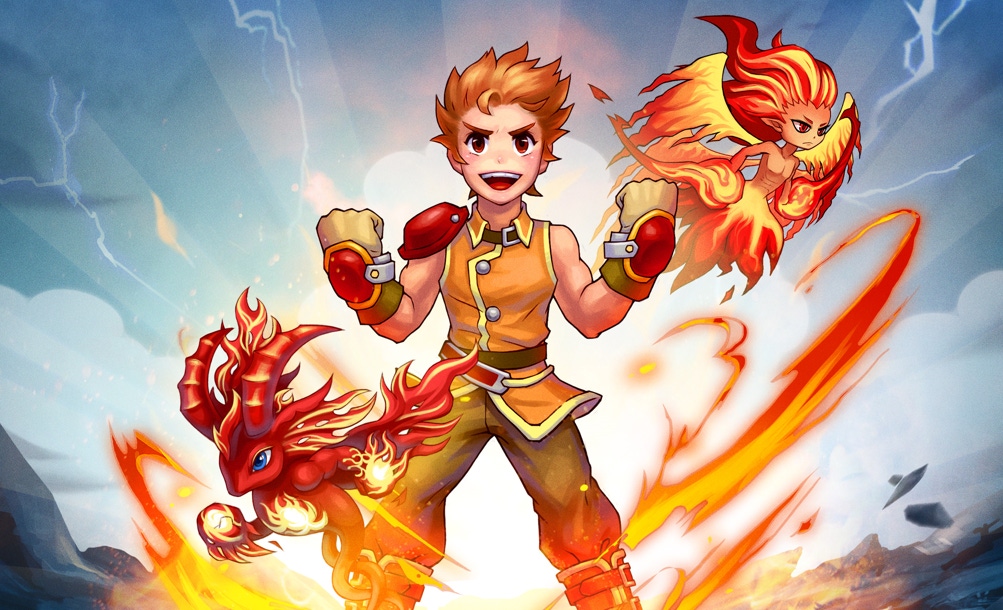
As Head of Localization at Gameforge, I definitely know about the challenges involved in getting a new game ready for release. Tight deadlines, collaborating with translation and voiceover agencies, the difficulties in finding the right freelancers, budget restrictions – that’s just the name of the game (pun intended) when it comes to localization.
However, one thing we usually take for granted is language: while some game localization projects we’ve been involved in here at Gameforge focus on translating from English or German, into another Western language (and, very soon, also Chinese), this isn’t always the case! Several of the games we are lucky enough to publish - such as AION Classic (the nostalgic server of fantasy MMORPG, AION), NosTale (anime action MMORPG), and Runes of Magic (heroic saga MMORPG) - were originally developed in Asian languages, by Asian developers. This requires a slightly different approach, and while it’s a daunting task, it’s also an immensely exciting opportunity for the company!
Here’s how things go, warts and all.
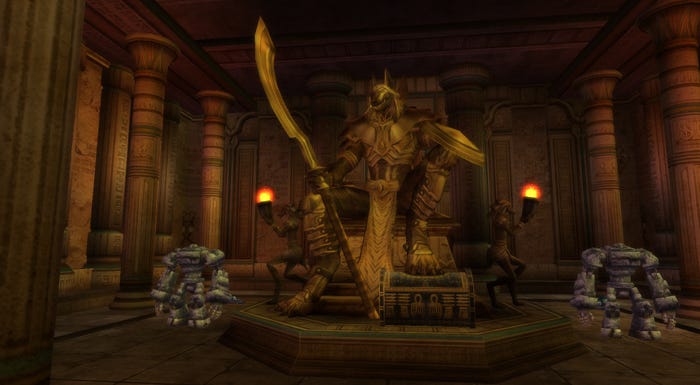
The world of online game development and localization moves at lightning speed. Companies want today’s work finished yesterday at the highest level possible for the cheapest price. This being the case, my team and I are used to working under pressure and delivering fast results.
So when the challenge arrived to take on the localization for the MMORPGs originally developed in Asia, projects that entail translating massive amounts of text from the original Chinese and Korean, we said, “bring it on!”. Having first cut our teeth with Runes of Magic, we have two or three Chinese-speaking translators already onboarded in our pool, so we are no longer starting from scratch for future projects, but they do often require expanding our pool of collaborators.
To put things in perspective, localizing games can involve translating three million Chinese characters, the equivalent of translating Harry Potter three times – I don’t mean just one book, I mean the entire series! The scope of translating games can be simply enormous.
Firstly, we put the word out to a number of agencies that we were looking for Chinese translators, but it can still take around three to four weeks to find the right people. In the meantime, we can do very little other than play the game and get used to how it works even though everything is in Chinese. We also use the time to ask the developer questions and iron out the future workflow structure, such as understanding what needs to be translated first and gathering important words for the skills and quest ahead of time since these words come up again and again in the game, and so on.
Once we get a good team of freelancers and in-house people together, we dive into the work. The text is sent over in CSV files, which are uploaded into our CMS (content management system), and the translators work with memoQ, a tool designed to help ensure the translation is streamlined, consistent, and uniform.
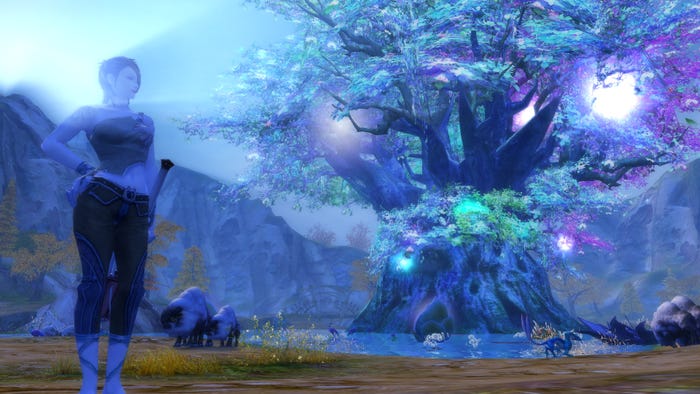
Game developers always create according to their own vision, which means they don’t really keep in mind that localization and translation will likely happen in the future – that’s why our field always has challenges and quirks to deal with. However, since Chinese and Korean are so vastly different from German, this transformation is even more challenging than if the original game had been in English, for example.
Chinese is a pictorial language full of idioms you would never use in German, which makes translating between the languages difficult and sometimes leads to misunderstandings.
We also have issues with single words at times. For example, the same Chinese character might mean bangs (hairstyle) in one context, or it might be a person’s name in another, and the difference between these two may not always be clear. At other times, we come across Chinese characters that could be translated a number of ways, so again, we have to keep an eye on the background to make sure we get the context right. We can face issues with these kinds of details throughout a project.
However, one of the biggest challenges we’ve faced previously, ironically, is the word luck. The Chinese language has seven different words for luck, and each is subtly different in meaning. When you’re translating into a language that only has luck, good luck or bad luck, you need some skillful translating to get it right.
We may not catch some of the translation snafus until much later in the process. For example, during the voiceover of one game, one of the actors recorded the line, “Drink! Drink! Drink!” which was a mistake in the translation. What the character really needed to say was, “Attack! Attack! Attack!” We toyed with the idea of leaving it as-is for a bit of fun, but the project manager said no, understandably.
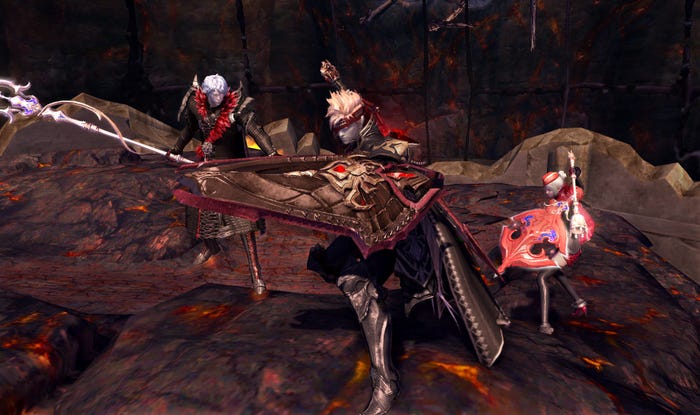
At times, translation work seems neverending, and there are definitely some bumps in the road. In one case, we realized well into the project that we needed to switch back and start translating an earlier version of the game, as MMORPGs are updated often. We could send in translations and get texts back that were still in Chinese, or new texts in Chinese we haven’t seen before. Chinese all the time, coming out of our ears.
Eventually, after all of this, we are ready to start the voiceovers. With a previous game, we originally planned to do voiceovers in German, French, and English, but since millions of Chinese characters had been transformed into 300,000 words of spoken text, Gameforge decided it would be quite costly and go beyond our intended release date, and so we decided to proceed with English only to start with.
Translations are ongoing and voiceovers sometimes have to be put on hold until the Excel sheets are ready to go. We also have to listen to the original Chinese for reference. Is this character a man or a woman? Are they the 102-year-old emperor’s daughter or a young girl? What is the emotion being conveyed by these words? These distinctions are not always obvious from the get-go, and we need to make sure they are well-documented to ensure the voiceover is a perfect fit.
If one person says something in Chinese and the other person says the same thing in English, it takes a different amount of time. In some projects, the voiceover actor has to take this into account and vary their speed accordingly, which is both challenging and costly.
For AION, there is a specific studio we’ve worked with who’ve done a lot of great recording and trailers for us in the past, and we often work with them for localized voiceovers. Since the pandemic, many voice actors based in the United States have begun to work from home anyway, so luckily things haven’t slowed down because of restrictions or lockdowns during the pandemic.
As the release day looms closer, the pressure is on to get things ready. We know that the publisher (both Gameforge and the publisher in the original territory) isn’t willing to wait half a year, not when it means the moans and groans and backlash of the users and media. Again, speed plays a very important role in the world of online games.
If initial levels and areas are good to go, a game will be released as scheduled, and we continue polishing and improving the rest after the fact – that is, some of them still need voiceovers.
With the help of freelancers, we get to work translating, editing, and fine-tuning the text, which is no small feat. We need to go over everything in fine detail, and issues may still keep popping up, some brought to our attention by the QA team and others by users.
Months after the release, we may still be proofreading, editing, recording, or retaking voiceovers, still making things better. In the end, we’ll go through the entire text at least three times, eager to finish the project and push a quality project out to all players.
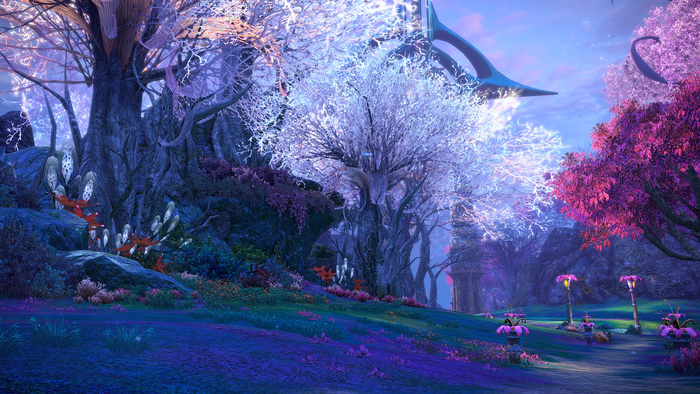
One of our localization projects was a truly exceptional and extraordinary challenge. For over a year and a half, several of our full-time in-house employees focused exclusively on the project, while others pitched in from time to time, and of course, we relied heavily on our greatly expanded pool of freelance editors and Chinese translators. It took place during the pandemic and we did a lot of the work in our home offices while sheltering in place. This makes me especially proud of our achievements and how, together, we were able to overcome so many different challenges.
Was it a good experience? Well, it was a challenge, and I love challenges. However, if we take on a project of this magnitude again in the future, we will prolong the test phase and find the right translators first before getting started. In the beginning, we had one agency who promised they would cover all the translating and editing, but that wasn’t possible in the end. With a project this size, there’s just too much to do.
It would also definitely help if we don’t have to start any major future projects in the middle of a global pandemic like we did for the previously mentioned project, so here’s hoping. Either way, the outcome serves as proof that we are able to complete such a tremendous quest and, together with the players, who are able to enjoy the rewards of the final product. Players, too, have become an active and welcome part of the process either through the occasional typo-catching, or constructive feedback.
You May Also Like